Heathrow expansion: What happens next?
- Published
The Heathrow deal, in numbers...
Heathrow expansion has been in a holding pattern over west London for decades, and confirmation that the UK's largest airport has been given the go-ahead to build another runway does not necessarily guarantee its arrival any time soon.
In fact there could be periods of turbulence over the coming years before touchdown.
The government-commissioned Airports Commission, led by Sir Howard Davies, last summer recommended construction of a third airstrip at Heathrow, and this proposal has now been backed by the government.
The plan involves building a new 3,500m runway about two miles north of the two runways Heathrow already has, at an estimated cost of £17.6bn.
So what will actually happen next and what does it mean for travellers?
Timetable and legal challenges
Heathrow says it expects the new runway to be open in 2025 - with the planning process dealt with by 2020, then four years to build the runway itself and another year to attend to the surrounding infrastructure needed.
The airport say its expansion timetable has factored in the possibility of the runway decision going to a judicial review.
And that looks a likely possibility given the bodies lined up to make a legal protest, including local councils, plus community and environmental groups.
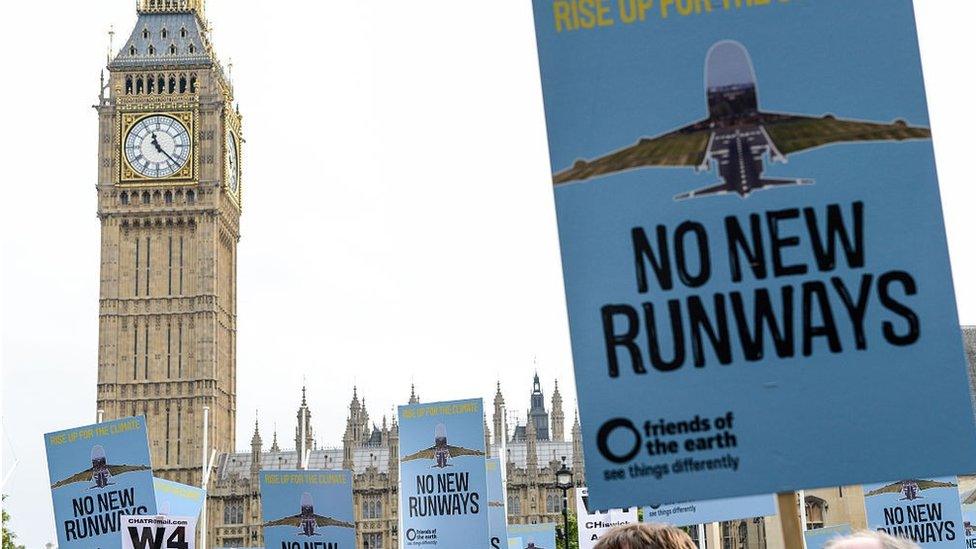
Not everyone is supporting the expansion at Heathrow
Indeed, the prime minister's local council has said it will spend £50,000 to challenge Heathrow expansion.
Windsor and Maidenhead Council, in Theresa May's constituency, has teamed up with Hillingdon, Richmond and Wandsworth councils to fight the expansion. Overall, the four councils have pledged £200,000 towards a legal challenge.
Residents' organisation Teddington Action Group (TAG) also says it is committed to launching legal proceedings.
It says one of the key grounds for a judicial review into the expansion decision is the "apparent bias" of Sir Howard Davies, relating to his past roles at GIC Private Ltd, owner of an 11.9% share in Heathrow Airport Holdings.
What it's like growing up under Heathrow's flightpath
Given this potential for legal hold-ups, the Independent's travel editor Simon Calder says, "I wouldn't book a ticket for the opening ceremony just yet."
And it is not just legal challenges that could cause delays.
Despite today's announcement it could be two years before a final "final" decision, thanks to convoluted parliamentary and planning processes.
And there are those who think two years is the absolute minimum and that in reality it could take at least four years.
Capacity build-up
Heathrow envisages a three-runway airport providing up to 740,000 flights a year, up from the current 480,000.
"What is interesting is what happens in terms of expanding capacity," says Mr Calder.
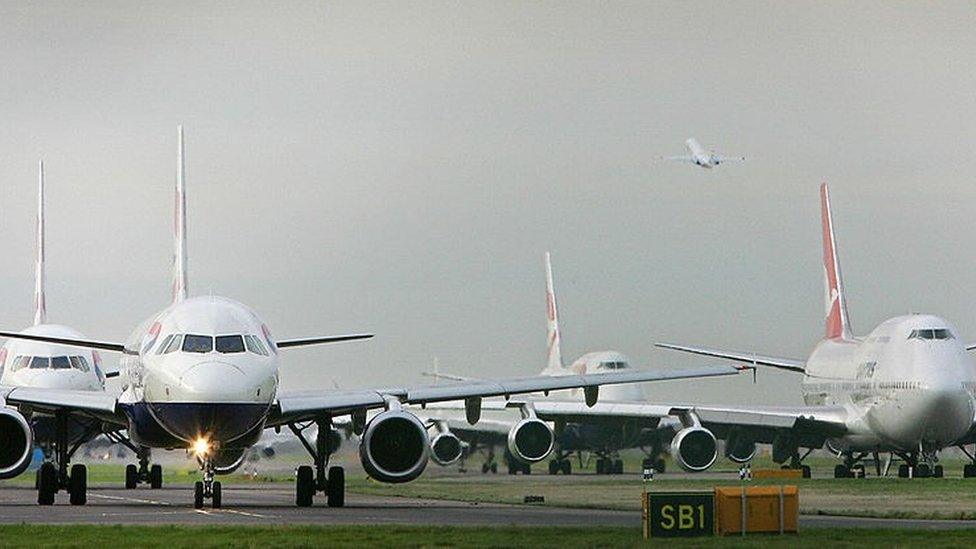
Experts say there will need to be a gradual build-up of capacity at Heathrow
"We are not going to get all the airlines just suddenly saying, 'We have another 50% more aircraft here.' There is going to have to be a gradual building up of their capacity."
To handle the increased numbers, a new terminal building 6 will be built alongside the new runway, while Mr Calder adds that existing terminals 5 and 2 could process more passengers than they do at present.
"For most people the flying experience out of Heathrow will not change much," he says. "It may be that there will be less waiting time before boarding.
"There will obviously be the new terminal building near to the third runway. And there will need to be some new infrastructure in order for passengers to connect to this terminal.
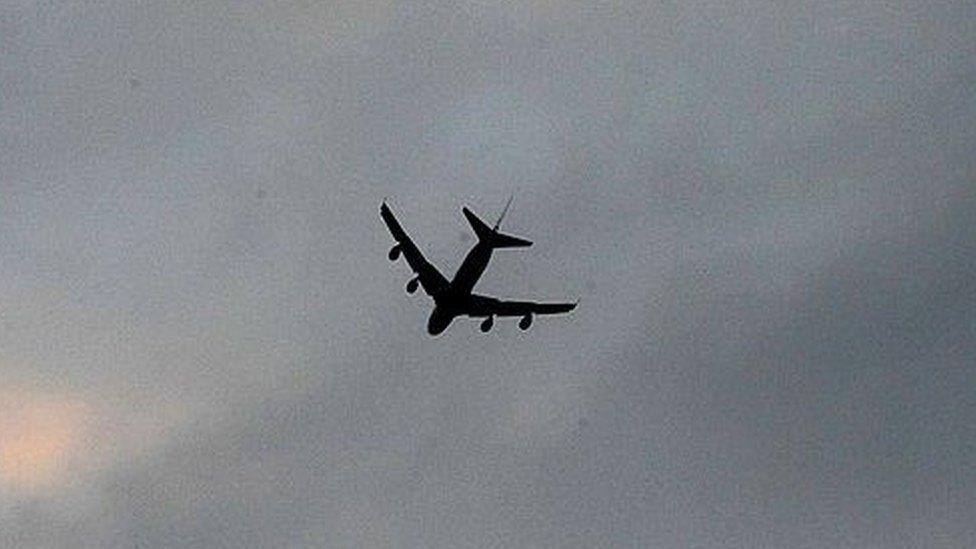
There should be less time circling Heathrow waiting to land in future
"Where there should be noticeable change though is for incoming passengers - there will certainly be much less time holding in the air before landing."
Once passengers land, there will also need to be extra public transport infrastructure in place at an expanded Heathrow.
The airport has plans for two main passenger transport hubs - Heathrow West (Terminals 5 and 6) and Heathrow East (an extended Terminal 2) - connected by an underground passenger transport and baggage system.
Current transport routes which could be developed into the enlarged airport include a Heathrow Express extension, and a Great Western Railways service. And Crossrail and Southern rail may also provide transport services into the airport in future.
Airline routes
With regards to airlines, British Airways, which has roughly half of all slots at Heathrow, will almost certainly stay in Terminal 5, and the expanded Terminal 2 seems set to remain as the base for airlines that make up the Star Alliance, external grouping.
Meanwhile, Easyjet, which already serves four London airports - Luton, Stansted, Southend and Gatwick - is set to move in and open a new base at Terminal 4.
It plans to compete with BA, and has promised to restore some links around the UK - such as to Inverness, the Isle of Man and Jersey.
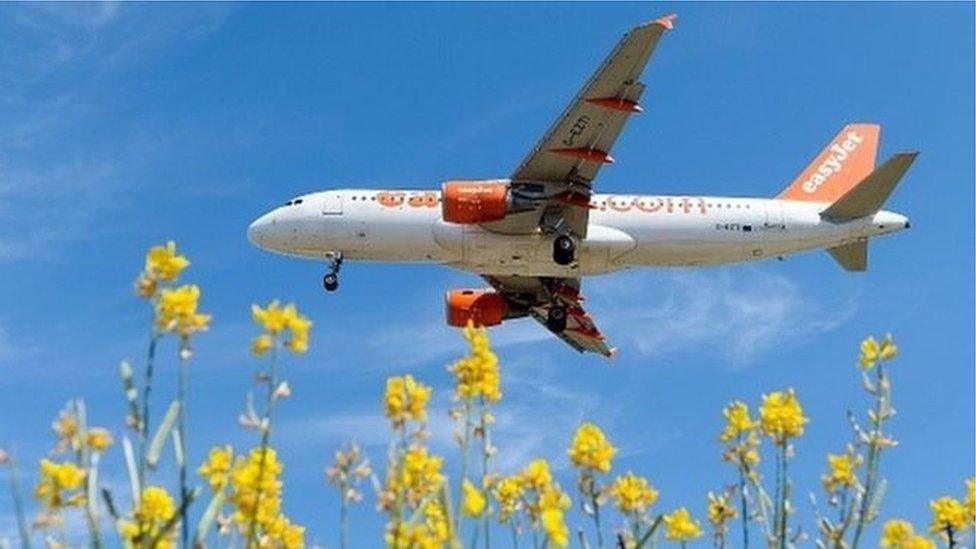
Easyjet is set to move into Heathrow Terminal 4
Commission chair Sir Howard Davies has also predicted there could be up to a dozen new long-haul routes out of the expanded Heathrow to important emerging cities in Asia and elsewhere.
Meanwhile, Heathrow says that early morning arrivals will end, and it may be that airlines BA, Cathay Pacific and Virgin Atlantic will have to delay their departures from Hong Kong until after midnight so they touch down not earlier than 05:30 in London.
At the moment several flights from the Far East arrive before 5am each day.
Regional connections
While most of the focus in the run-up to today's decision has been on Heathrow and rival Gatwick, there is also a further regional element in play.
A body called Raba (Regional and Business Airports group), which represents smaller regional airports in the UK, has been backing Heathrow expansion.
It has been predicting benefits for passengers and companies across the country if the Heathrow plans got the go-ahead.
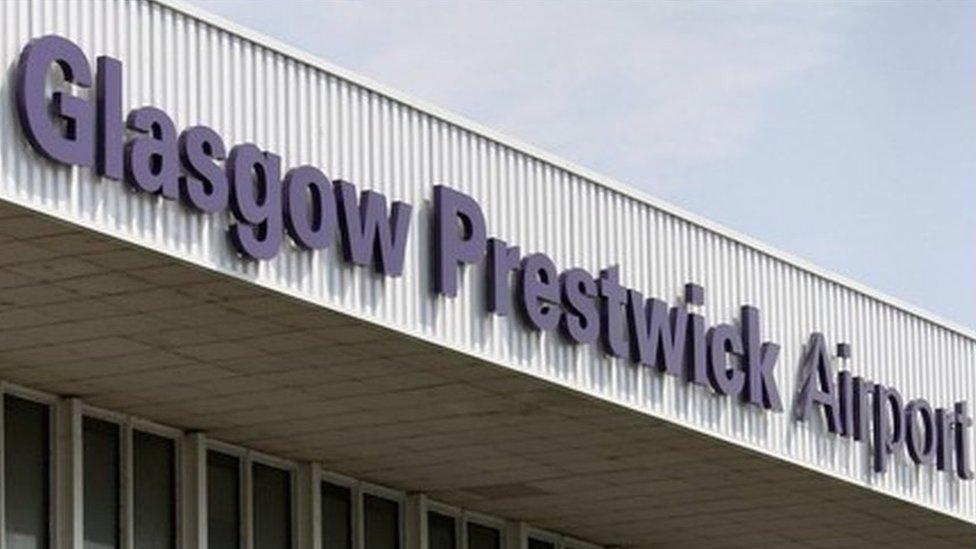
Smaller regional UK airports are looking to benefit from Heathrow expansion
The body points out that in 1990, 18 UK regional airports had regular scheduled flights connecting their regions to Heathrow, but today there are just eight.
Indeed, at present Amsterdam's Schiphol airport, not Heathrow, is the main hub airport for flights from UK domestic airports.
Raba says that for three years it has been working with the Airports Commission and Heathrow to envisage a new domestic network that will give all parts of the UK access to the expanded Heathrow.
"With an expanded Heathrow, the value of the slots will come down, which will help," says Mr Calder.
Regional airports will be looking to see two specific things from Heathrow, he says - lower charges for domestic links than for other short-haul flights, and the allocation of extra slots for domestic flights.
Passenger fees
Meanwhile, who will pay for the new runway to get it up and running roughly a decade from now?
Heathrow says the taxpayer will pay £1.2bn for surface infrastructure that is deemed to benefit the wider travelling public (roads, trains etc) as opposed to just airport users, though the Airports Commission puts this figure at £5bn and Transport for London estimates the taxpayer will end up paying £15bn.
But it is passengers over the coming years who will face increased charges to pay for most of the airport expansion.
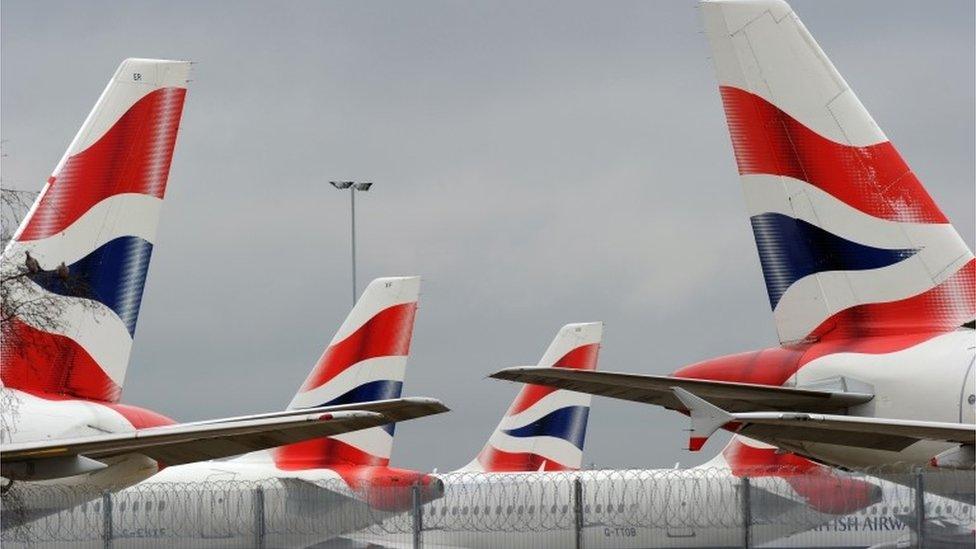
BA says it would oppose any increased airport fees, which could cause ticket prices to rise
There is expected to be an increase in the per-departing-passenger fees Heathrow charges to airlines.
It means airlines and passengers operating over the coming years may have to pay for infrastructure that they won't be able to use until 2025.
And British Airways chief executive Alex Cruz said if Heathrow "were to react very quickly saying from 1 January we're going to add £10 [to airport charges], we wouldn't react very well.
"We would very much oppose such a move."